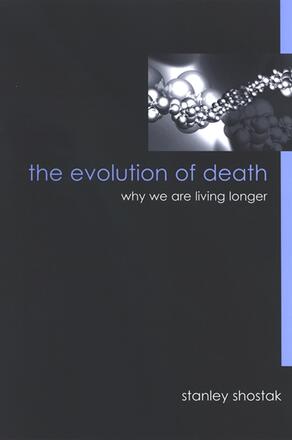
The Evolution of Death
Why We Are Living Longer
Alternative formats available from:
Argues that death is not unchanging, but rather has evolved over time.
Description
In The Evolution of Death, the follow-up to Becoming Immortal: Combining Cloning and Stem-Cell Therapy, also published by SUNY Press, Stanley Shostak argues that death, like life, can evolve. Observing that literature, philosophy, religion, genetics, physics, and gerontology still struggle to explain why we die, Shostak explores the mystery of death from a biological perspective.
Death, Shostak claims, is not the end of a linear journey, static and indifferent to change. Instead, he suggests, the current efforts to live longer have profoundly affected our ecological niche, and we are evolving into a long-lived species. Pointing to the artificial means currently used to prolong life, he argues that as we become increasingly juvenilized in our adult life, death will become significantly and evolutionarily delayed. As bodies evolve, the embryos of succeeding generations may be accumulating the stem cells that preserve and restore, providing the resources necessary to live longer and longer. If trends like this continue, Shostak contends, future human beings may join the ranks of other animals with indefinite life spans.
Stanley Shostak is Associate Professor Emeritus of Biological Sciences at the University of Pittsburgh and is the author of several books, including Evolution of Sameness and Difference: Perspectives on the Human Genome Project.
Reviews
"The author has an innovative, if eccentric, notion about why human longevity has increased so dramatically over the past few centuries." — Quarterly Review of Biology
"Who isn't fascinated by the topic of death, and who wouldn't want to know what scientists can tell us about it? I see Shostak's book as laying the foundation for an intriguing discussion of the relationship between death and morality, social justice and longevity, and aging and the good life." — Robert M. Johnson, author of A Logic Book: Fundamentals of Reasoning, Fifth Edition